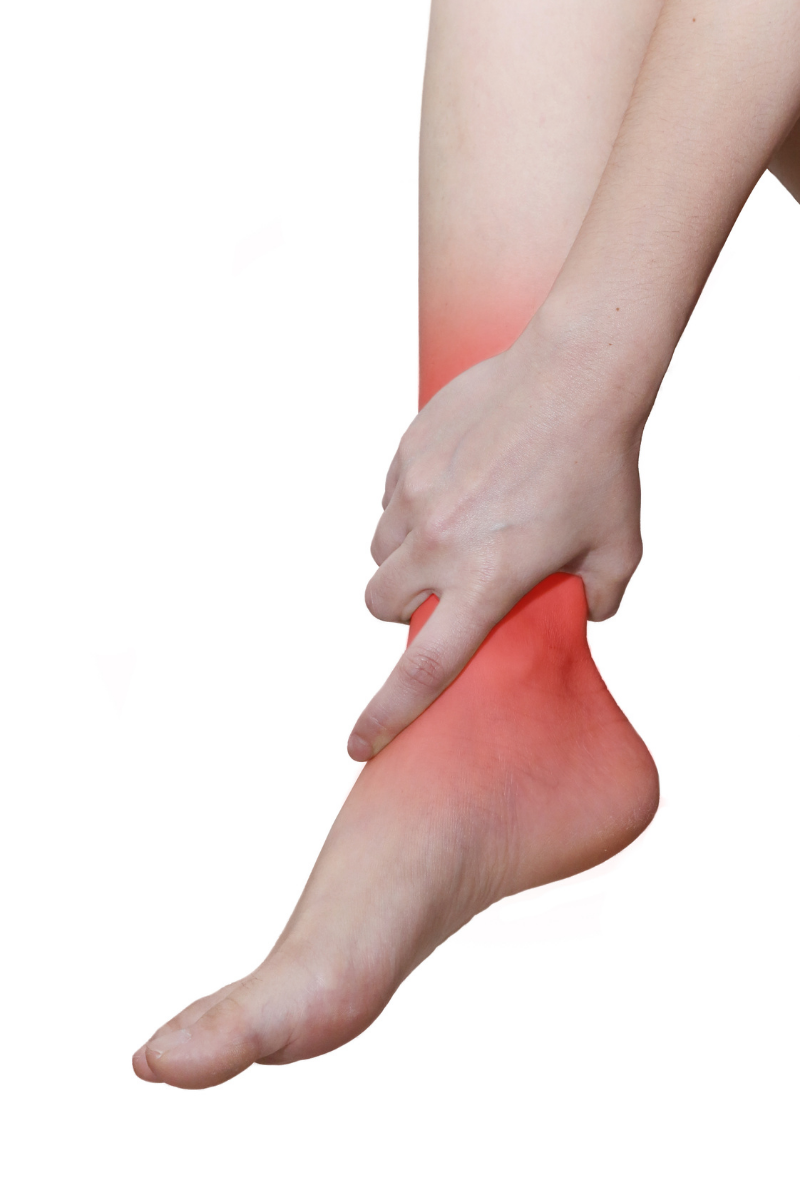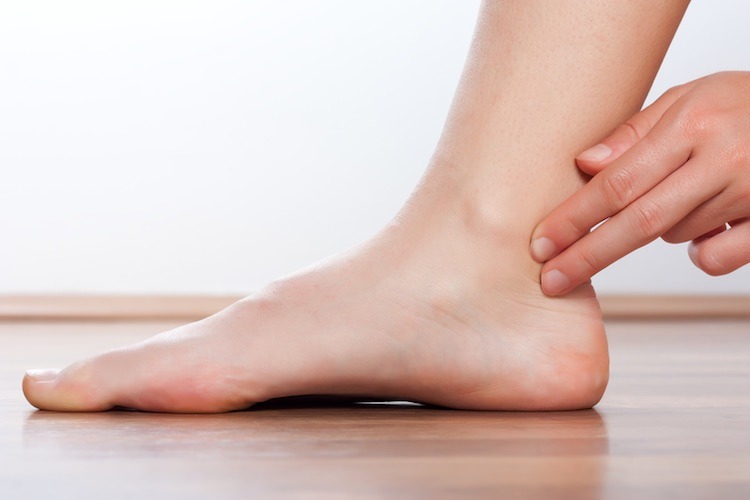
The tibialis posterior muscle is located on the medial (inside) aspect of the lower limb and ankle. The function of this muscle is to act as a stabiliser of the medial aspect of the arch of the foot and it also produces movements of plantar flexion and inversion.
Dysfunction in this tendon refers to a progressive problem that can worsen over time and can result in tearing or rupture of the tendon.
Because of its attachment to the medial arch of the foot, tibialis tendon dysfunction is sometimes incorrectly diagnosed as plantar fasciitis.
Some signs of tibialis tendon dysfunction are;

Treatment
The first step in managing this condition is to settle down the pain and dysfunction it is causing. In a lot of cases, this can be achieved using specialist taping techniques to help support the arch and de-load the tendon. In severe cases a period in a moon boot may be required. Occasionally there can be a need to use anti-inflammatory agents in addition to the above (even cortisone injections).
Once settled, a progressive loading program to restore tendon function is required. This will be supervised by your physiotherapist.
Caution should be taken on returning to high energy movements such as skipping, box jumps and even running. Your physiotherapist will guide your progress.
In many cases, good progress can be made over a 3-month period, however in severe cases it can be much longer.
It is important to manage this condition as early as possible, preferably before we see a collapsing of the arch. This will make recovery quicker and prevent the need for the use of an orthotic. If you have pain on the inside of the ankle, then it is time to get it assessed. Yours in health Chris from Out of the Box Physiotherapy